Working Breeds
From Duty to Family: How Retired Police & Military German Shepherd Find New Purpose

Part 11 of the German Shepherd Series on DogsReader

From Duty to Family: For years, they’ve served on the front lines—sniffing out explosives, tracking suspects, and saving lives. But what happens when police and military dogs retire? Unlike human veterans, these K9 heroes don’t receive pensions or automatic healthcare. Instead, their fate depends on adoption programs, compassionate handlers, and families willing to give them a second chance at life.
In this article, we’ll explore the journey of retired working dogs—from their final missions to their new roles as beloved pets, therapy companions, and even social media stars. We’ll also cover how you can adopt or support these four-legged veterans.
Subscribe to us on YouTube | Facebook | Instagram | www.dogsreader.com
1. The Life of a Working K9: A Career of Service

Police and military dogs—often German Shepherds, Belgian Malinois, Dutch Shepherds, or Labrador Retrievers—are trained for:
- Explosive & Narcotics Detection
- Search and Rescue (SAR) Missions
- Patrol & Apprehension Work
- Combat Support in Military Operations
These dogs endure rigorous training and high-stress environments, forming unbreakable bonds with their handlers. But just like human officers or soldiers, they eventually age out of service—usually between 6-10 years old due to physical wear or declining performance.
2. The Retirement Dilemma: What Happens Next?
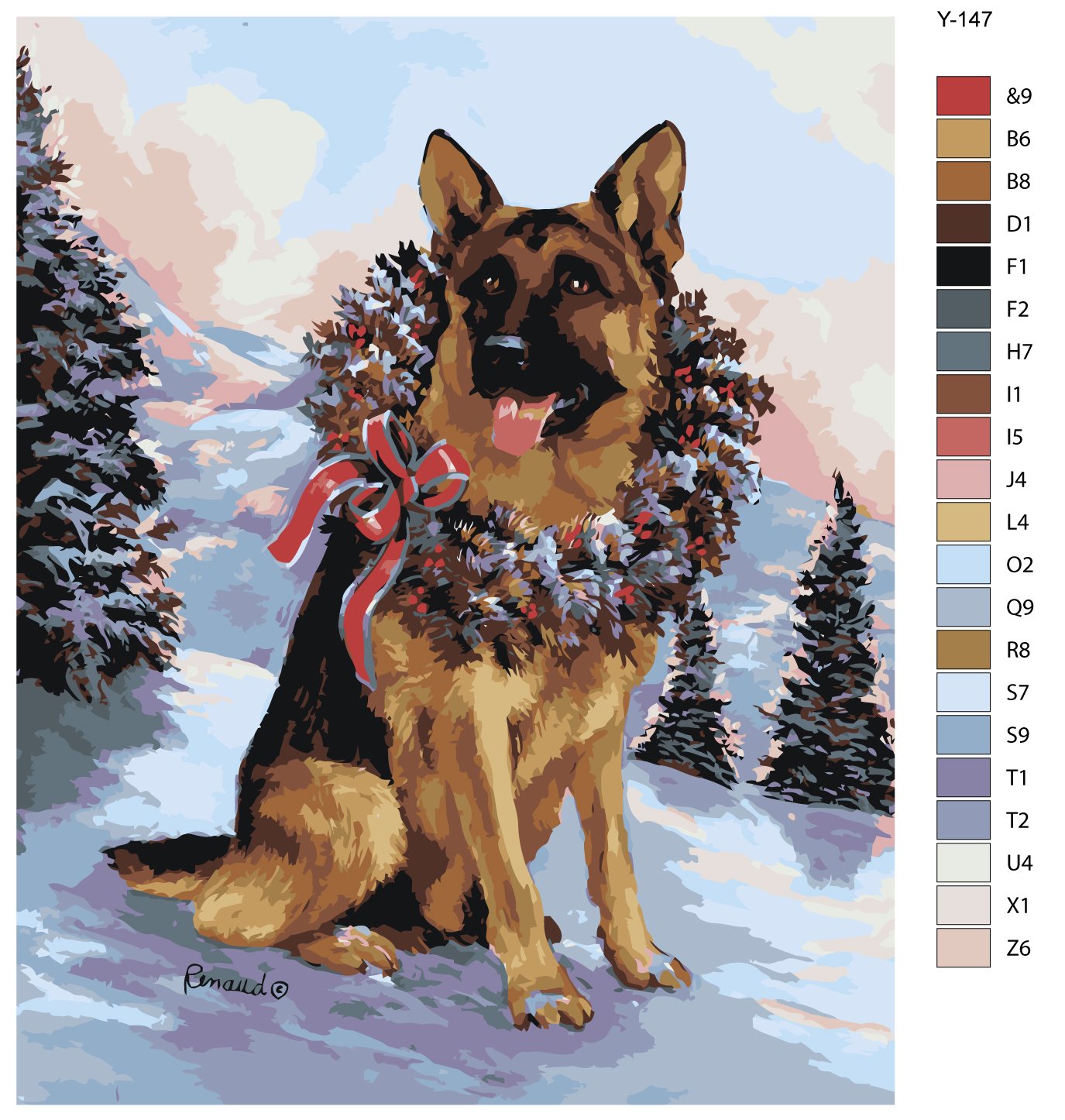
Unlike in movies, not all retired K9s stay with their handlers. While some are lucky enough to be adopted by their human partners, others face uncertain futures due to:
- Lack of Retirement Policies (Some agencies still euthanize or abandon them.)
- Medical Issues (Hip dysplasia, arthritis, PTSD-like anxiety.)
- Behavioral Challenges (High drive, difficulty adjusting to civilian life.)
From Duty to Family: Thankfully, organizations like Mission K9 Rescue, Save a Vet’s K9, and The United States War Dogs Association are stepping in to ensure these heroes get the retirement they deserve.
3. Adopting a Retired K9: What You Need to Know

The Adoption Process
- Many retired K9s are available through official military/police adoption programs or nonprofits.
- Some require special applications due to the dog’s training and temperament.
- Adoption fees typically range from 0−500, covering medical checks.
Adjusting to Home Life
- They may still “work” (alerting to scents, patrolling the house).
- Structured routines help—these dogs thrive on consistency.
- Older dogs need joint care (glucosamine supplements, orthopedic beds).
Success Stories
- “Kaiser” – A retired Marine Corps bomb-sniffing dog now helps kids with anxiety.
- “Rex” – A former police K9 turned Instagram star (@RexTheRetiredK9).
4. How You Can Help Retired K9s

Even if you can’t adopt, you can still support these heroes by:
Donating to K9 retirement nonprofits.
Volunteering as a foster home.
Advocating for laws that protect retired working dogs.
Closing Statement

From Duty to Family: Retired police and military dogs don’t stop being heroes—they just shift missions. Whether as loyal pets, therapy animals, or ambassadors for working dogs everywhere, they prove that every K9 deserves love after service.
Up Next in This Series:
“Paws of Honor: How Adopted Military Dogs Help Veterans Heal” (A deep dive into the bond between retired K9s and former soldiers.)
FAQs About Adopting Retired Police & Military Dogs
1. Can anyone adopt a retired K9?
Not always. Many organizations prioritize:
- Former handlers (if the dog has a strong bond).
- Experienced dog owners (due to specialized training needs).
- Homes without small children (some retired K9s have high prey drives).
2. Do retired K9s make good family pets?
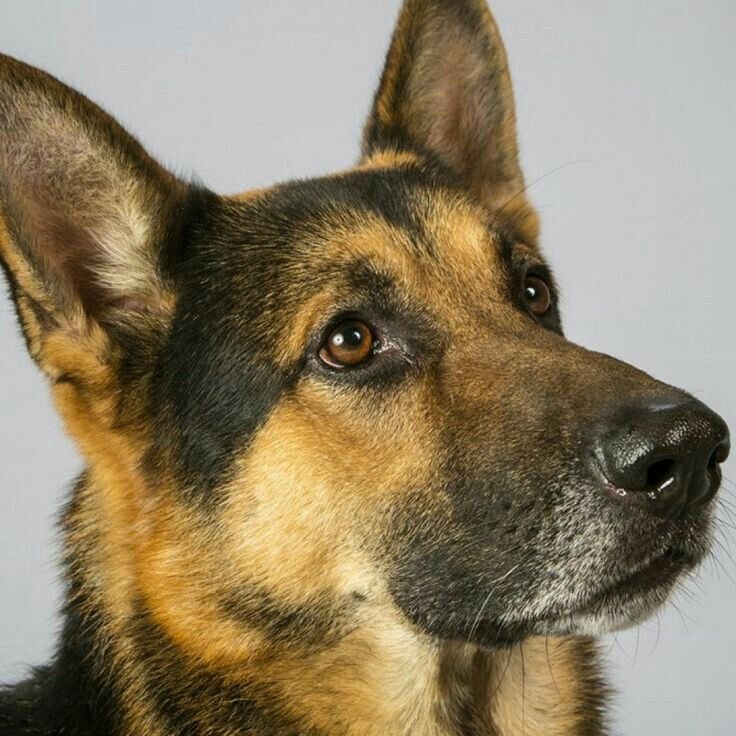
Yes, but they require:
- Structure & routine (they’re used to disciplined environments).
- Patience (may take months to adjust to “civilian life”).
- Ongoing training (to redirect their “work” instincts).
3. Are retired police/military dogs aggressive?
Rarely. They’re trained for controlled aggression (e.g., biting on command). Post-retirement, most adapt well—but they may still:
- Bark at strangers approaching the house.
- “Alert” to scents (like explosives, even in harmless objects).
4. What health issues do retired K9s face?
Common problems include:
- Hip/joint dysplasia (from years of physical strain).
- PTSD-like anxiety (loud noises, sudden movements).
- Dental issues (from biting sleeves during training).
5. How can I adopt a retired K9?
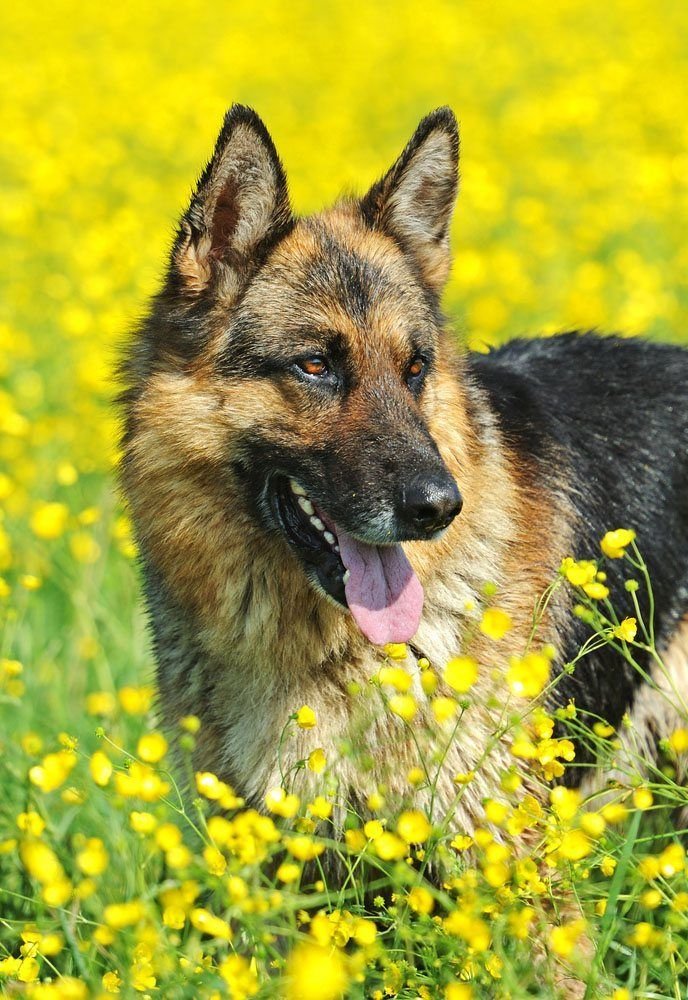
- U.S. Programs: Mission K9 Rescue, Save a Vet’s K9.
- Military Dogs: Apply via DoD Military Working Dog Adoption.
- Police Dogs: Contact local departments (some allow public adoptions).
6. Can retired K9s be retrained as therapy dogs?
Absolutely! Many excel in:
- Veteran PTSD support.
- Hospital/hospice visits (if they’re sociable).
- School reading programs (calm dogs only).
7. How much does adoption cost?
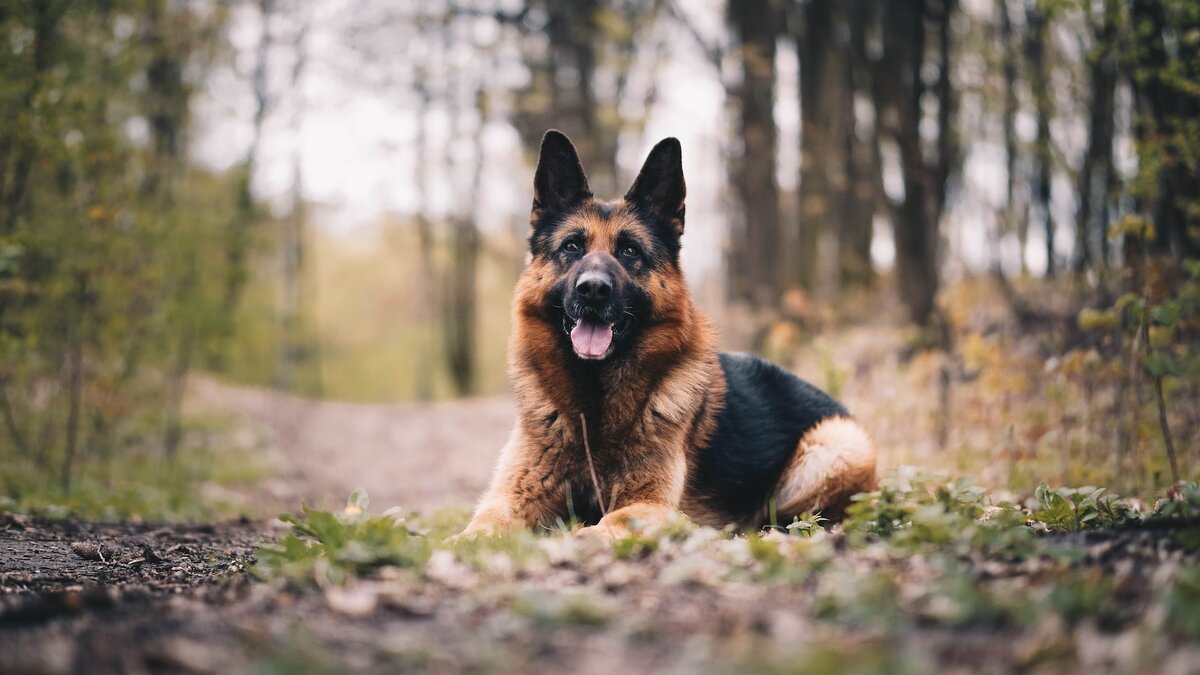
$ 500, depending on the program. Fees often cover:
-
- Spay/neuter.
- Vaccinations.
- Microchipping.
Working Breeds
German Shepherd Intelligence: Uncovered Mind, Memory, and Mental Mastery
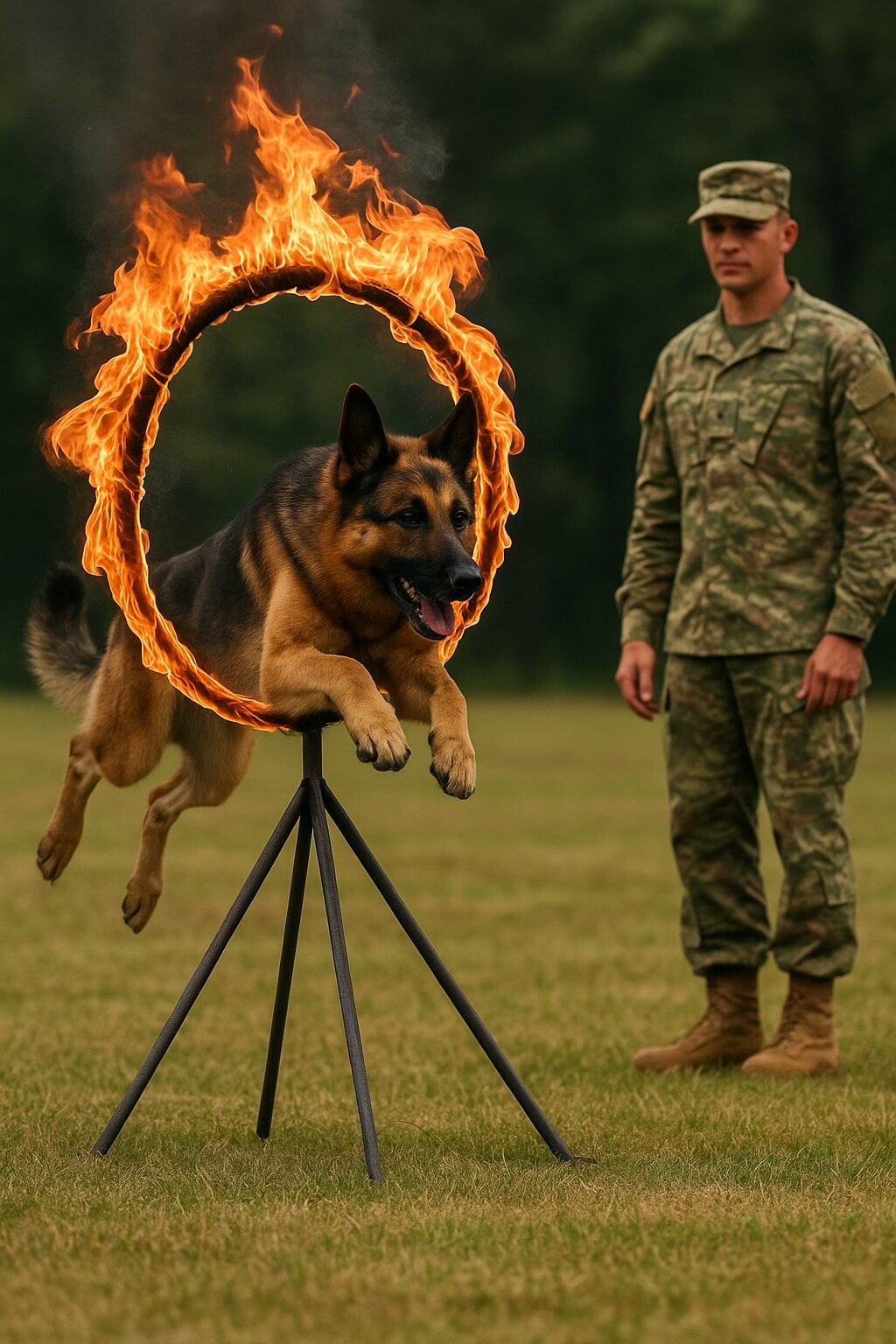
📍 Part 14 of the German Shepherd Series on DogsReader
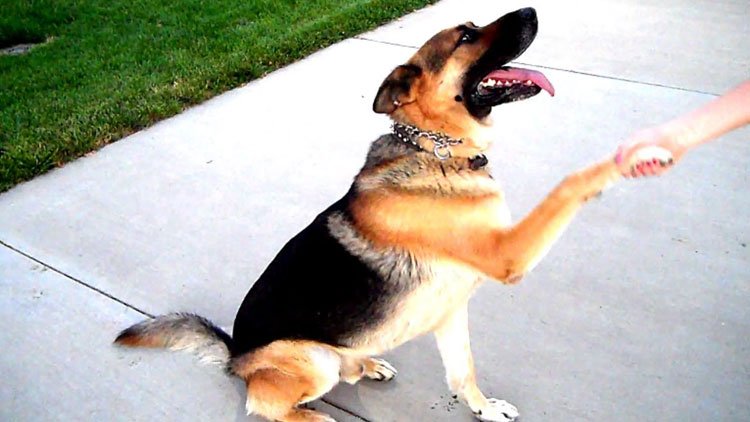
Introduction: Why German Shepherds Are Considered Canine Geniuses
German Shepherd Intelligence : German Shepherds aren’t just working dogs — they’re intellectual powerhouses. From police forces to therapy roles, their brainpower is what sets them apart. In this 15th installment of the DogsReader German Shepherd Series, we uncover the layers of intelligence that make the breed one of the most trainable and dependable dogs in the world.
Mental Capacity: Ranking the German Shepherd’s Intelligence

According to renowned canine psychologist Stanley Coren, German Shepherds rank 3rd among the most intelligent dog breeds, right after the Border Collie and Poodle. But their intelligence is not just about performing tricks — it includes:
-
Working Intelligence: Quick command response time
-
Adaptive Intelligence: Problem-solving based on real-life experiences
-
Instinctive Intelligence: Natural ability to guard, herd, and protect
Short-Term Memory vs. Long-Term Memory in GSDs

German Shepherds are capable of retaining both short-term and long-term memories.
-
Short-Term Memory: Allows them to react and learn commands within seconds
-
Long-Term Memory: Enables them to remember people, places, and training even after months or years
➡️ This is why military and police units invest in them – their memory retention is unmatched.
Mind Mapping & Cognitive Training

GSDs have the ability to mentally “map” their environment. With consistent training, they learn:
-
Names of toys and family members
-
Task sequences in protection or obedience routines
🧠 Mental stimulation is just as important as physical exercise. Neglecting either can lead to behavioral issues.
Examples of Mental Mastery in Real Life
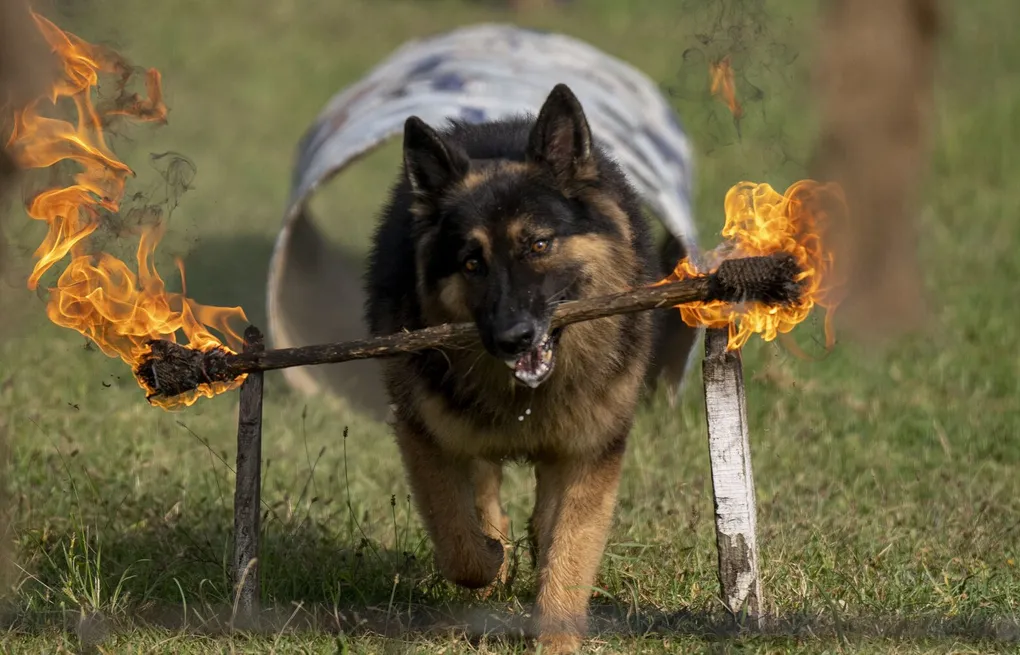
Here are true-to-life demonstrations of the breed’s cognitive excellence:
-
A retired K9 officer named Max once tracked a missing child 2 miles away using only a blanket as a scent source.
-
Luna, a therapy German Shepherd, learned to recognize anxiety attacks in her owner before visible symptoms occurred.
-
In competitive obedience, German Shepherds consistently outperform other breeds in multi-step routines.
Best Brain Games to Unlock Full Potential

-
Find the Treat: Enhances scent memory and reward-driven focus
-
Puzzle Toys: Keeps their problem-solving skills sharp
-
Name That Toy: Teach them toy names for vocabulary expansion
-
Hide and Seek: Stimulates hunting instincts and recall memory
-
Command Chains: Train your dog to follow multi-step commands
💡 DogsReader Tip: Change up the difficulty level every week to avoid cognitive stagnation.
How to Identify Cognitive Decline Early
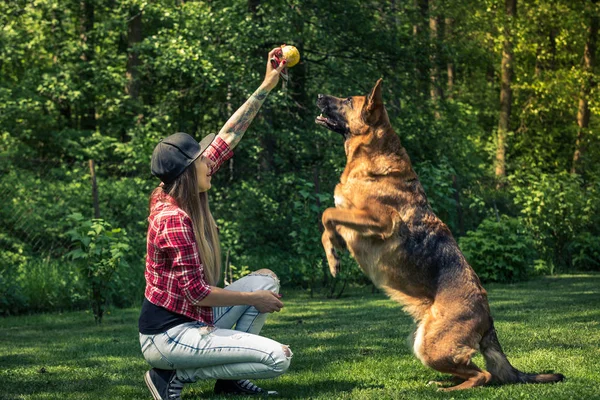
Even the smartest dogs age. Watch for signs such as:
-
Hesitation in routine tasks
-
Forgetting commands
-
Disorientation in familiar environments
-
Increased anxiety or restlessness
📌 Early diagnosis leads to better mental wellness treatment — explore our upcoming article on “Senior Care for German Shepherds.”
Closing Statement : The Mental Marvel That Is the German Shepherd

Their intelligence is not just in obedience — it’s in their emotional depth, decision-making ability, and working dedication. From pup to elite performer, a German Shepherd’s brain deserves to be nurtured just as much as their body.
📢 This is Part 14 of the German Shepherd Series on DogsReader
Discover all parts of the series and exclusive dog care knowledge on our website.
🐶 Visit: www.dogsreader.com
📩 Ask our 24/7 Dog Chatbot anything – trained with official AKC knowledge!
📧 Contact: dogsreaders@gmail.com
📱 Follow us on Facebook & Instagram [Subscribe to us on YouTube | Facebook | Instagram | www.dogsreader.com]
▶️ Subscribe to us on YouTube!
FAQs
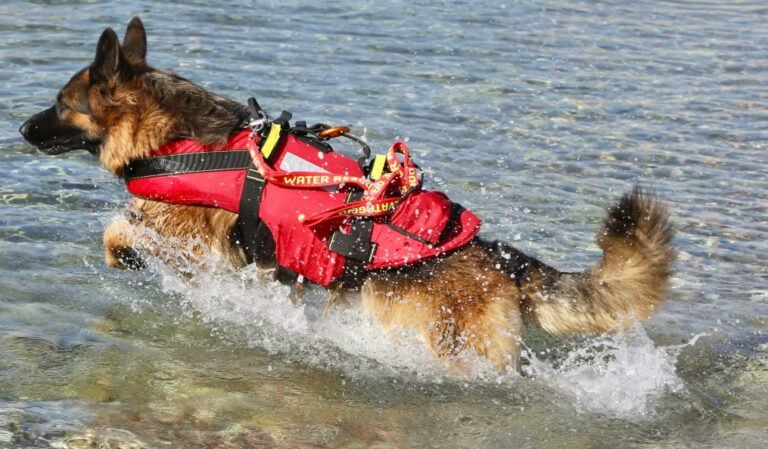
“German Shepherd Intelligence Uncovered: Mind, Memory, and Mental Mastery”
1. Are German Shepherds really smarter than other dog breeds?
Yes, German Shepherds are ranked as the third most intelligent dog breed in the world. Their quick learning, emotional intelligence, and memory retention make them top performers in obedience, protection, and service roles.
2. How intelligent is a German Shepherd compared to a human?
A well-trained adult German Shepherd has cognitive skills comparable to a 2.5 to 3-year-old human child. They understand hundreds of words, can follow multi-step commands, and even interpret emotions.
3. Can German Shepherds remember their owners after years?
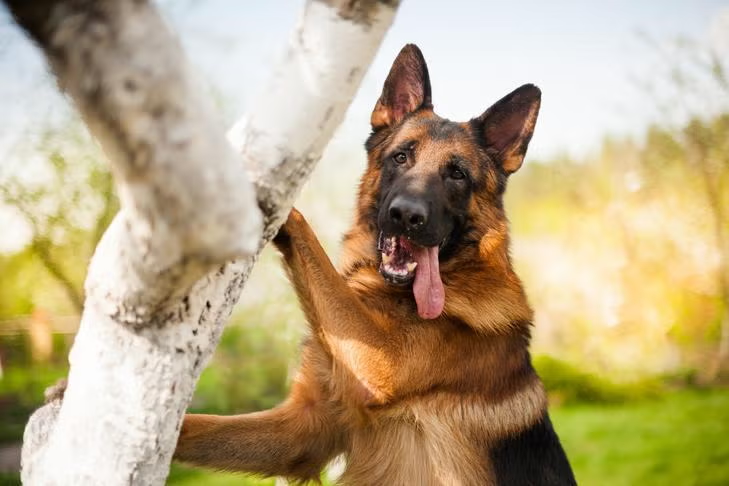
Absolutely. Thanks to their strong long-term memory, German Shepherds can remember their owners, voices, and environments even after being separated for several years.
4. What kind of mental games do German Shepherds like?
German Shepherds enjoy puzzle toys, scent games, name-learning challenges, and hide-and-seek. These games stimulate their brain, reduce anxiety, and prevent boredom-related behaviors.
5. Do German Shepherds have better memory than other breeds?
Yes. Their working memory and adaptive intelligence are superior to many other breeds, which is why they excel in military, police, and therapy roles.
6. How can I test my German Shepherd’s intelligence at home?
Simple games like “which hand has the treat,” toy name recognition, or obstacle challenges can help test your German Shepherd’s problem-solving ability and memory recall at home.
7. How much mental stimulation does a German Shepherd need daily?

A German Shepherd needs at least 30–45 minutes of mental enrichment daily in addition to physical exercise. Without it, they can become restless, destructive, or depressed.
8. Can German Shepherds suffer from memory loss or dementia?
Yes, senior German Shepherds can develop Canine Cognitive Dysfunction (CCD), similar to dementia in humans. Early signs include confusion, changes in sleep, and forgetting commands.
9. What is the best age to start brain training for a German Shepherd puppy?
You can begin simple mental games and memory exercises as early as 8 weeks old. Start with basic commands and short tasks, then gradually increase difficulty.
10. How do police German Shepherds train their memory so well?
They undergo repetition-based and scenario-driven training that conditions them to remember commands, scents, routines, and locations even under stress or distraction.

Working Breeds
Healing Paws: How Retired German Shepherds Become Heroes Again in Civilian Life
Working Breeds
Training for Transition: Preparing Working Dogs for Life After Service

Part 12 of the German Shepherd Series on DogsReader
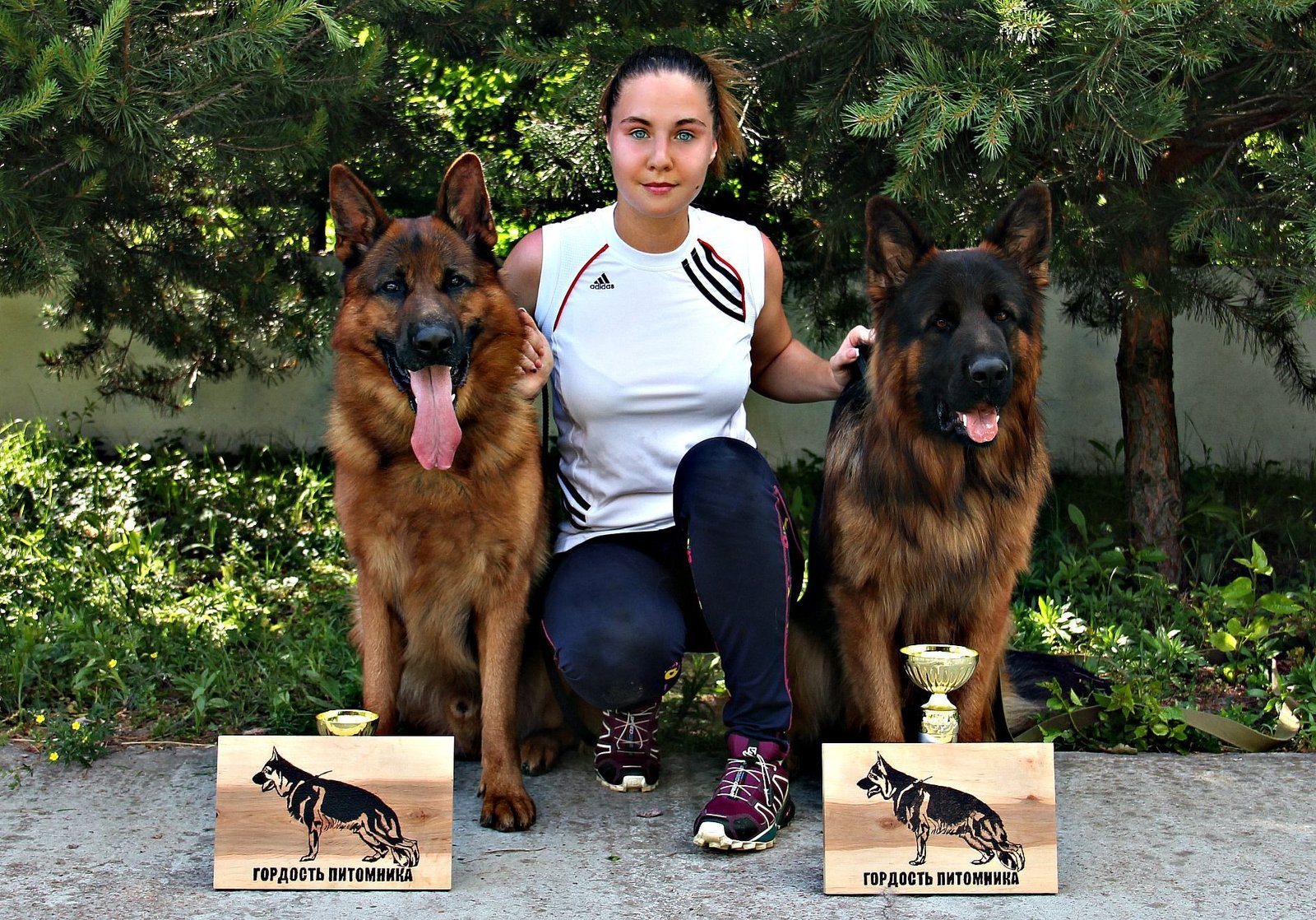
Training for Transition: Retired police and military German Shepherds are celebrated for their bravery, discipline, and unwavering loyalty. But when their service ends, these dogs face a new challenge: adapting to civilian life. While many transition smoothly into loving homes, others need specialized training and rehabilitation to shed the rigors of duty and embrace the comforts of family life.
This article explores what it takes to prepare a working K9 for retirement—from decompression techniques to socialization strategies—and how adopters, handlers, and organizations collaborate to give these heroes the peaceful retirement they deserve.
Subscribe to us on YouTube | Facebook | Instagram | www.dogsreader.com
The Challenges of Transition
Working dogs spend years in high-stakes environments, where their instincts are honed for detection, patrol, and apprehension. Retirement means:
- Adjusting to unstructured time – No more scheduled drills or commands.
- Reducing hyper-vigilance – Learning to relax instead of staying constantly alert.
- Socializing with civilians & pets – Many have never lived in a home or interacted with children or other animals.
Without proper preparation, some dogs struggle with anxiety, confusion, or even depression.
How Retired K9s Are Prepared for Civilian Life

1. Decompression & Detraining
Before adoption, many retired working dogs undergo a “decompression period” where they gradually step down from high-intensity training. Handlers may:
- Replace bite work with puzzle toys.
- Reduce obedience drills in favor of free play.
- Introduce calm environments to lower stress levels.
2. Socialization Training
Since many working dogs are trained to be wary of strangers, controlled exposure is key. Rescue organizations often:
- Introduce them to friendly, unfamiliar people in low-pressure settings.
- Test their reactions to household noises (vacuum cleaners, doorbells, etc.).
- Slowly expose them to other pets if they’ll be living in a multi-animal home.
3. Handler-to-Adopter Handoff
A smooth transition depends on clear communication between the dog’s former handler and new family. Many programs include:
- Detailed behavioral assessments – Identifying triggers (e.g., loud noises, sudden movements).
- Trial periods – Ensuring the dog and family are a good fit before finalizing adoption.
- Ongoing support – Some organizations offer post-adoption training consultations.
Success Stories: From Duty to Domestic Bliss

- Rex, a former patrol dog, initially struggled with relaxation. His adopters used scent games (a familiar skill) to redirect his focus, and within months, he became a gentle companion.
- Lena, an explosives detection K9, was fearful of household appliances. Through gradual exposure, she learned to ignore blenders and washing machines—and now naps through vacuuming.
How Adopters Can Help
If you’re considering adopting a retired working dog:
Be patient – Transitioning can take weeks or months.
Provide structure – Maintain routines for feeding and exercise.
Use positive reinforcement – Reward calm behavior, not just obedience.
Stay in touch with trainers – Many groups offer lifelong support.
Closing Statement
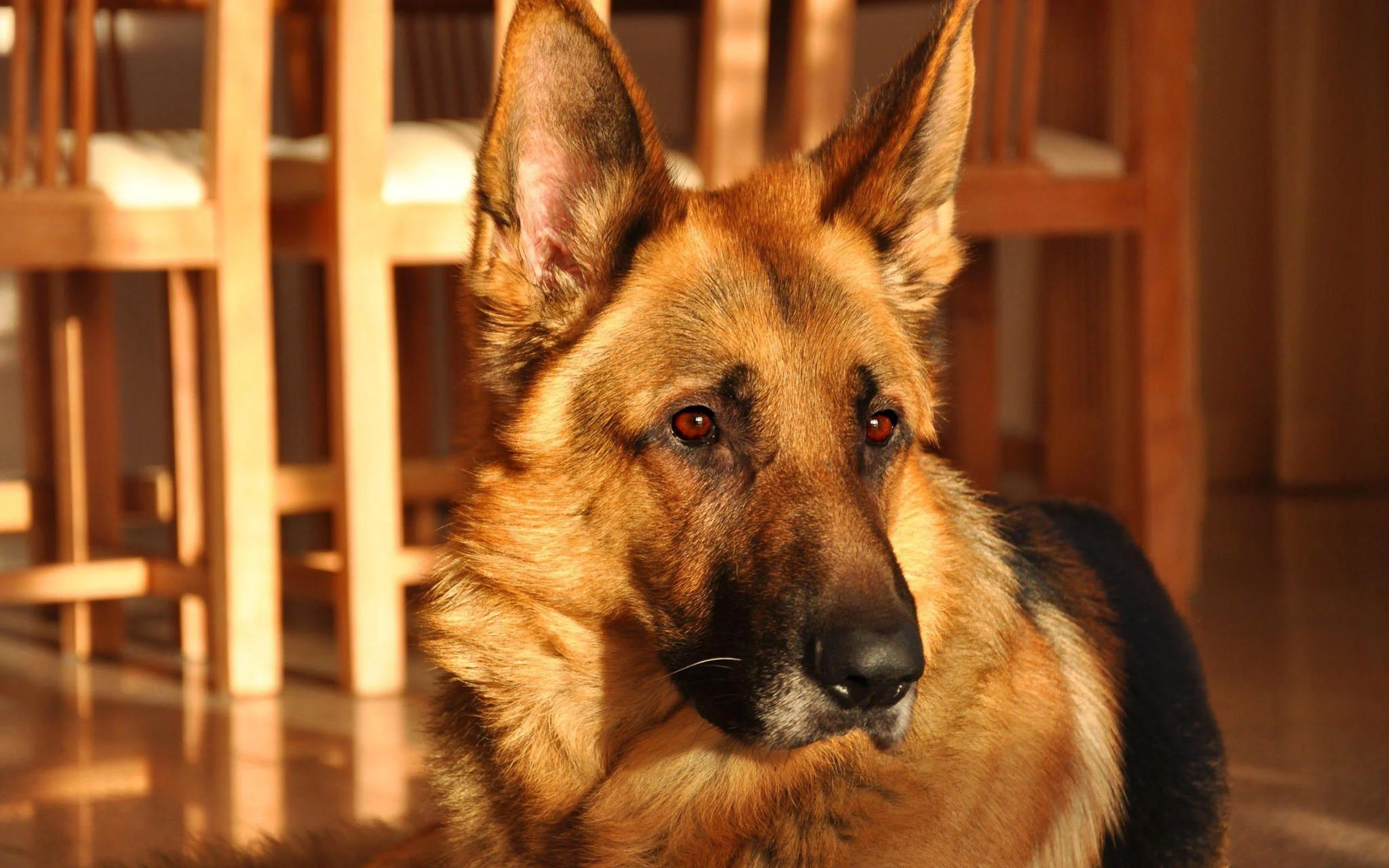
Retirement should be a reward—not a struggle—for dogs who’ve spent years in service. With the right training and support, these intelligent, loyal animals can thrive in their new roles as beloved family members.
Interested in adopting a retired K9? Reach out to organizations like Mission K9 Rescue or Save a Vet to learn more about available dogs and their needs.
You Might Also Like:
- “From Duty to Family: How Retired Police & Military German Shepherds Find New Purpose”
- “The Science Behind a Working Dog’s Training: What Makes Them So Exceptional?”
Frequently Asked Questions (FAQs)

1. How long does it take for a retired working dog to adjust to home life?
The adjustment period varies—some dogs adapt within weeks, while others may need several months. Factors like the dog’s age, length of service, and temperament play a role. Patience and consistency are key.
2. Are retired police/military dogs aggressive?

Not inherently. These dogs are trained to follow commands precisely, but they may have heightened instincts (e.g., suspicion of strangers). Proper decompression and socialization usually mitigate any unwanted behaviors.
3. Can retired K9s live with children or other pets?
Many can, but introductions should be slow and supervised. Some dogs adapt quickly, while others may need ongoing training. Organizations typically assess a dog’s compatibility before adoption.
4. Do retired working dogs need special medical care?
They may have wear-and-tear injuries (e.g., hip dysplasia, arthritis) from their service. Adopters should budget for potential vet visits and consider pet insurance.
5. What’s the best way to train a retired K9 at home?
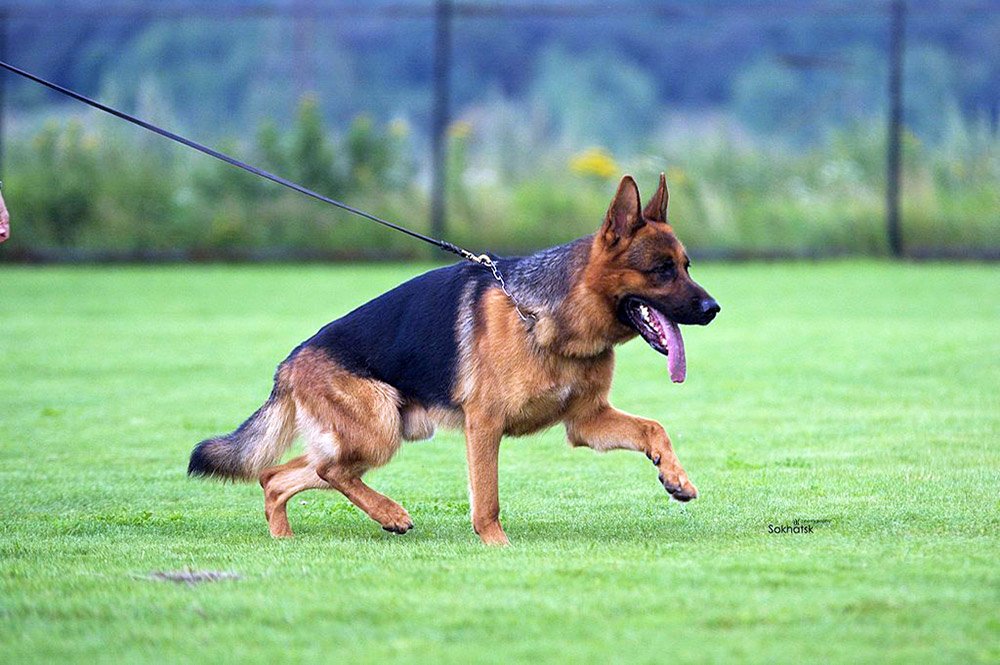
- Use positive reinforcement (treats, praise) rather than harsh corrections.
- Keep training sessions short to avoid frustration.
- Incorporate mental stimulation (scent games, puzzles) to replace their “job.”
6. Where can I adopt a retired police or military dog?
Reputable organizations include:
- Mission K9 Rescue
- Save a Vet
- Local law enforcement K9 units (some facilitate adoptions directly).
7. Are these dogs good for first-time owners?
They can be, but they often require an experienced or committed adopter familiar with large, high-energy breeds. First-time owners should work closely with trainers.
8. Do retired working dogs make good emotional support animals?
Some do, especially if they’ve been retrained for calm environments. However, their natural alertness may not suit all ESA needs—evaluate the individual dog’s temperament.
Want to learn more? Check out our related article: “From Duty to Family: How Retired Police & Military German Shepherds Find New Purpose.”
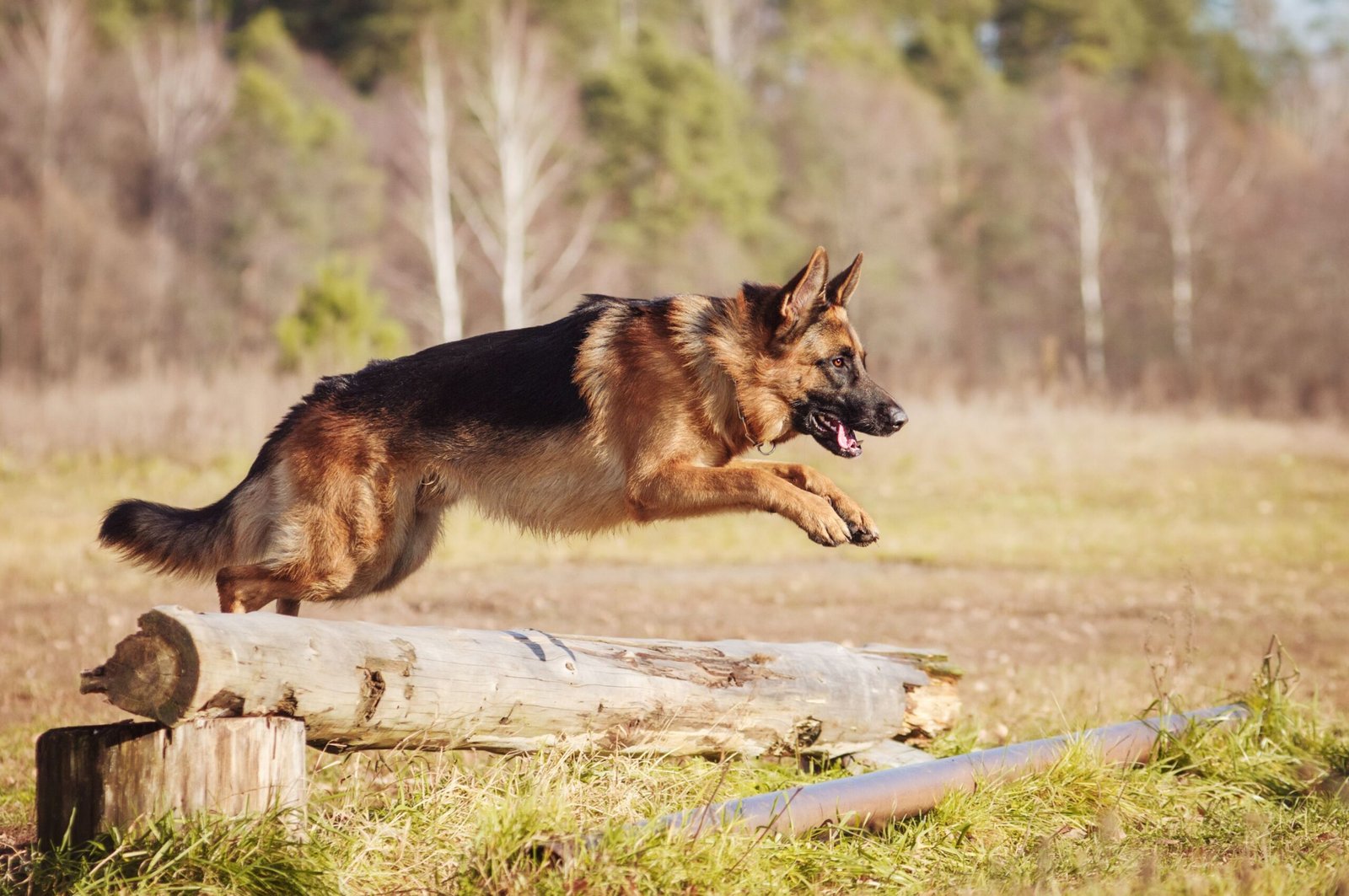
-

 SMALL DOG BREEDS5 months ago
SMALL DOG BREEDS5 months agoMerle Chihuahua: A Comprehensive Guide
-

 SMALL DOG BREEDS5 months ago
SMALL DOG BREEDS5 months agoMaltese: A Beloved Companion
-

 Large Breeds4 months ago
Large Breeds4 months agoSamoyeds Hypoallergenic: Closer Look at the Breed
-

 SMALL DOG BREEDS5 months ago
SMALL DOG BREEDS5 months agoMerle Pomeranian: A Adorable Companion
-

 Large Breeds4 months ago
Large Breeds4 months agoStandard Poodle Weight: Country Wise
-

 MEDIUM BREEDS4 months ago
MEDIUM BREEDS4 months agoAmerican Water Spaniel Colors Chocolate In Crcols:
-

 SMALL DOG BREEDS5 months ago
SMALL DOG BREEDS5 months agoYorkshire Terrier: a Big Personality
-

 Terrier Breeds3 months ago
Terrier Breeds3 months agoDog Breeds: by Country & Category



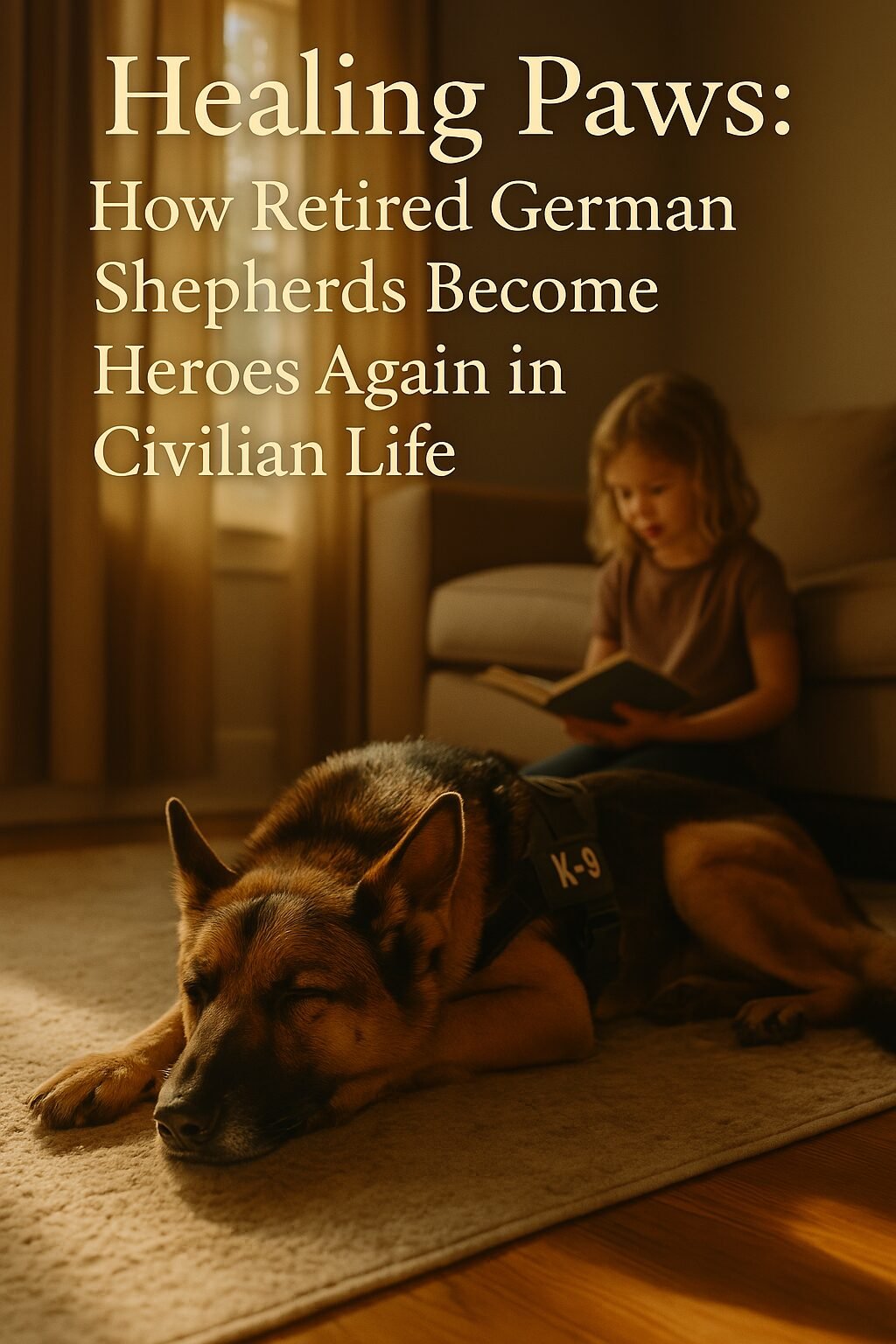
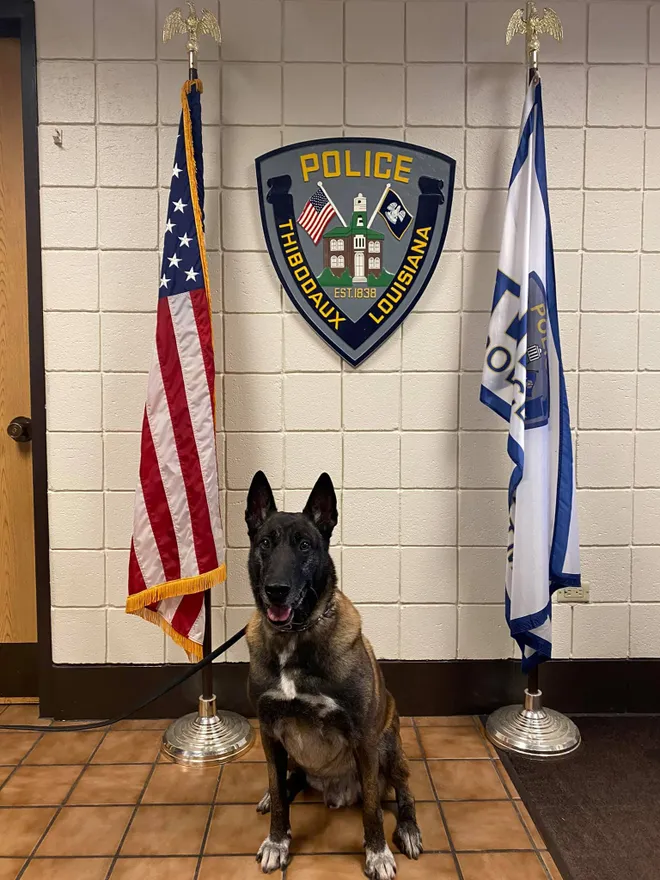
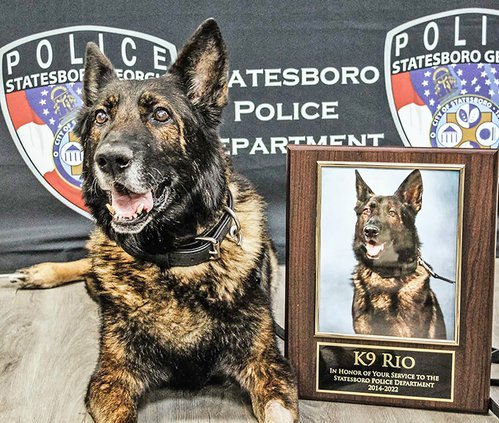
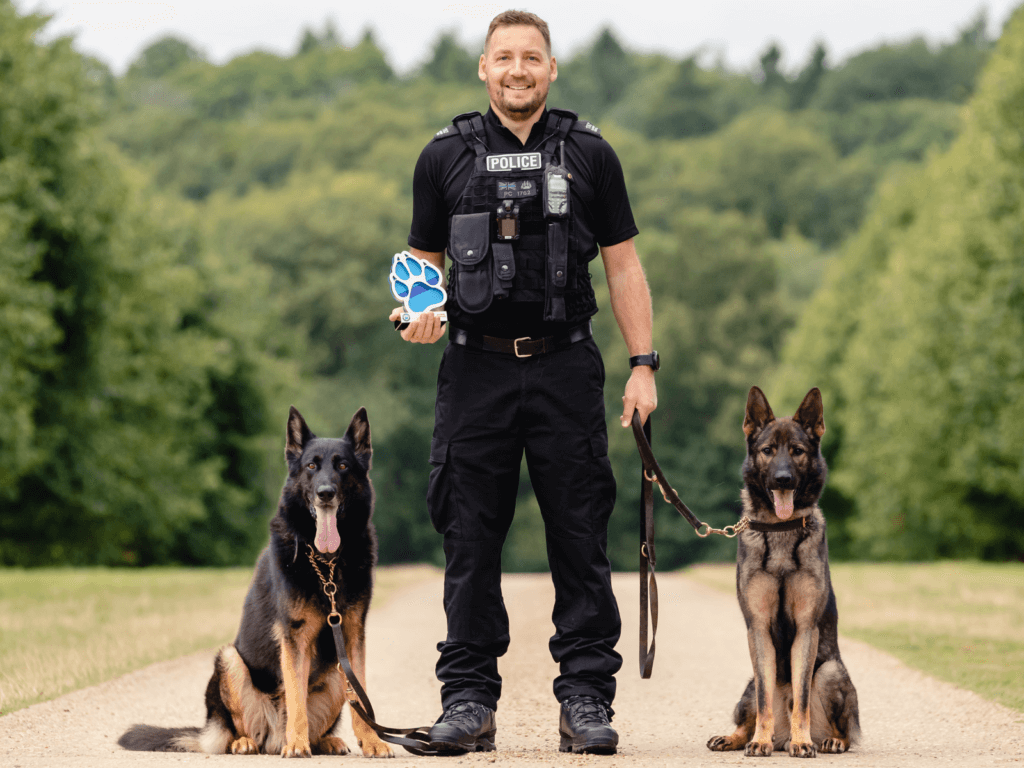
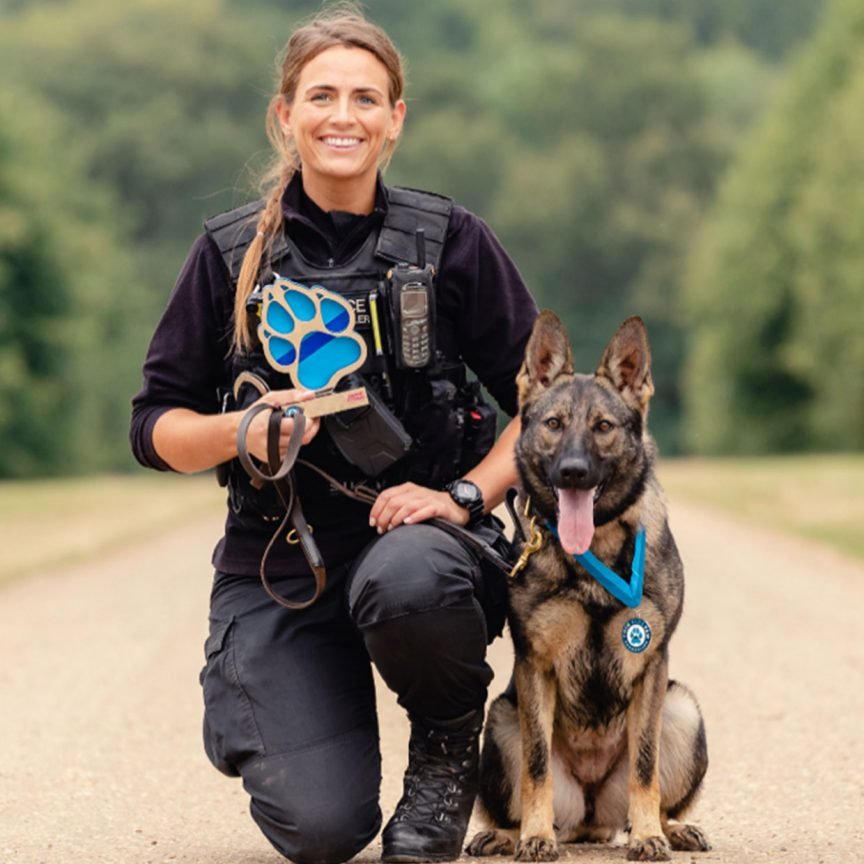
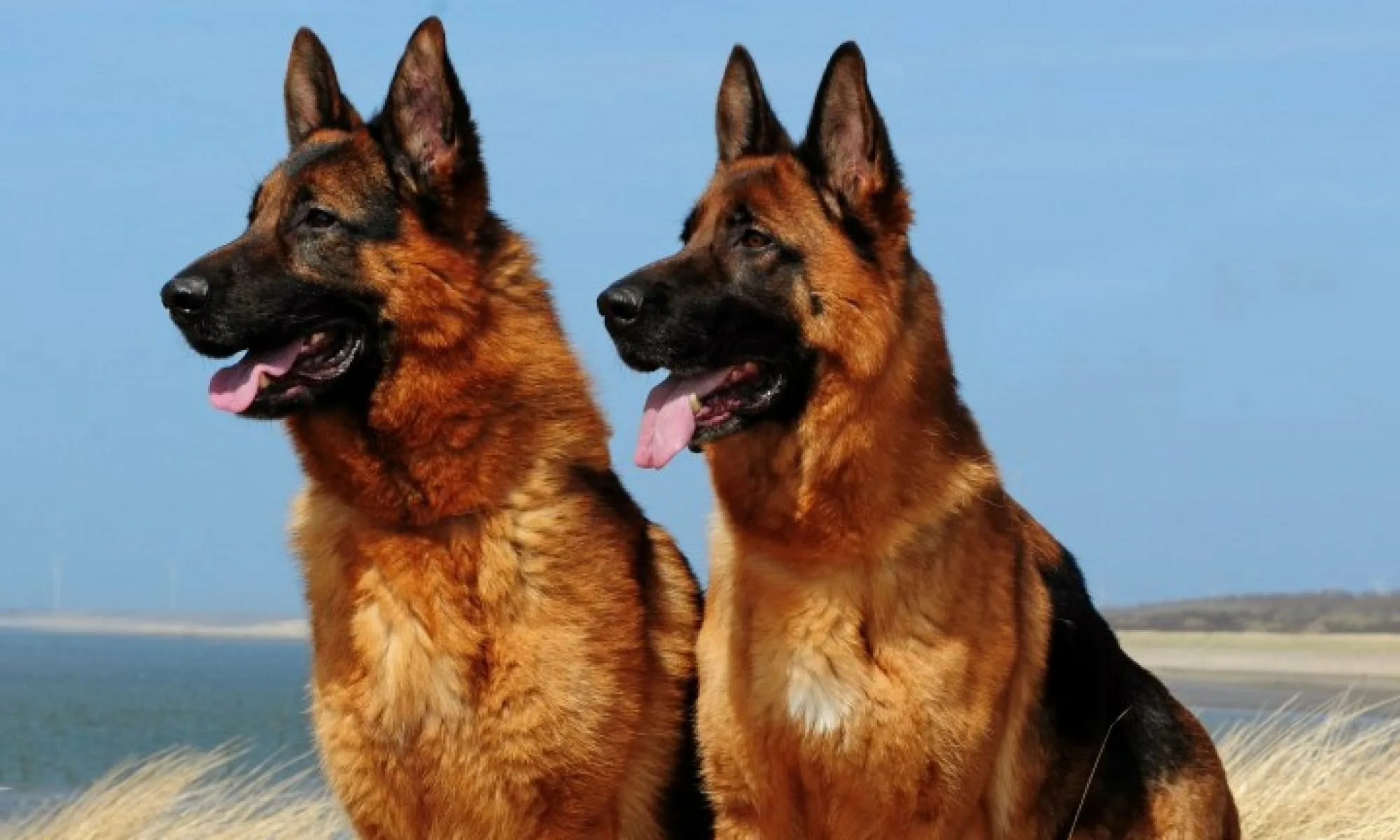
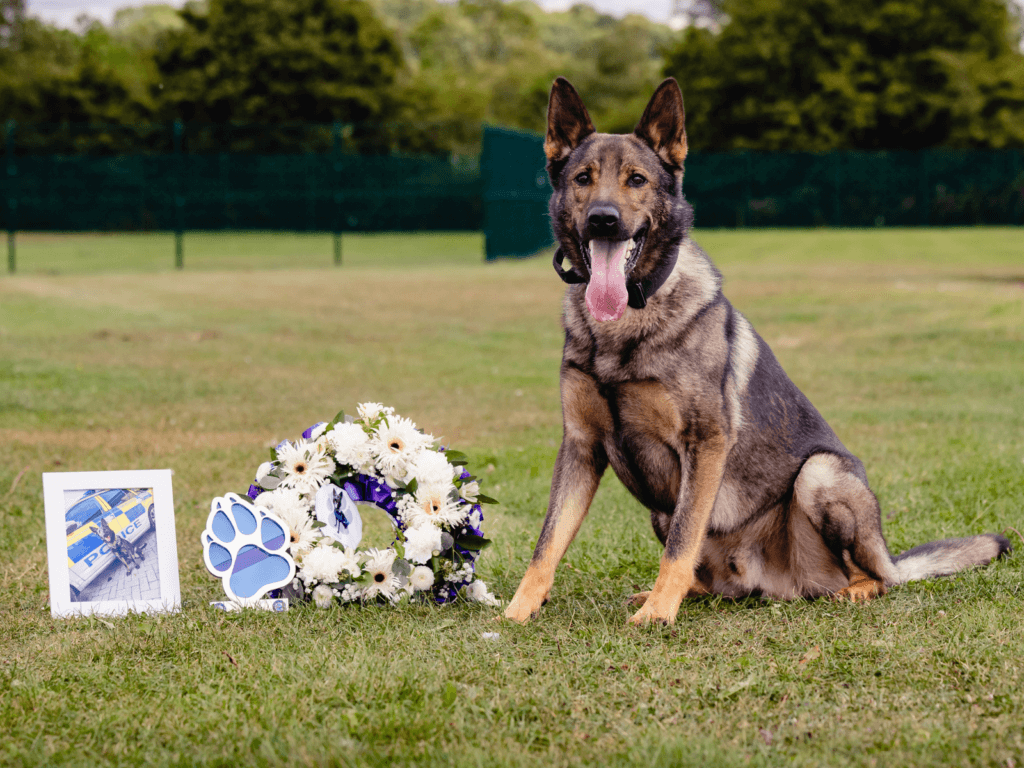

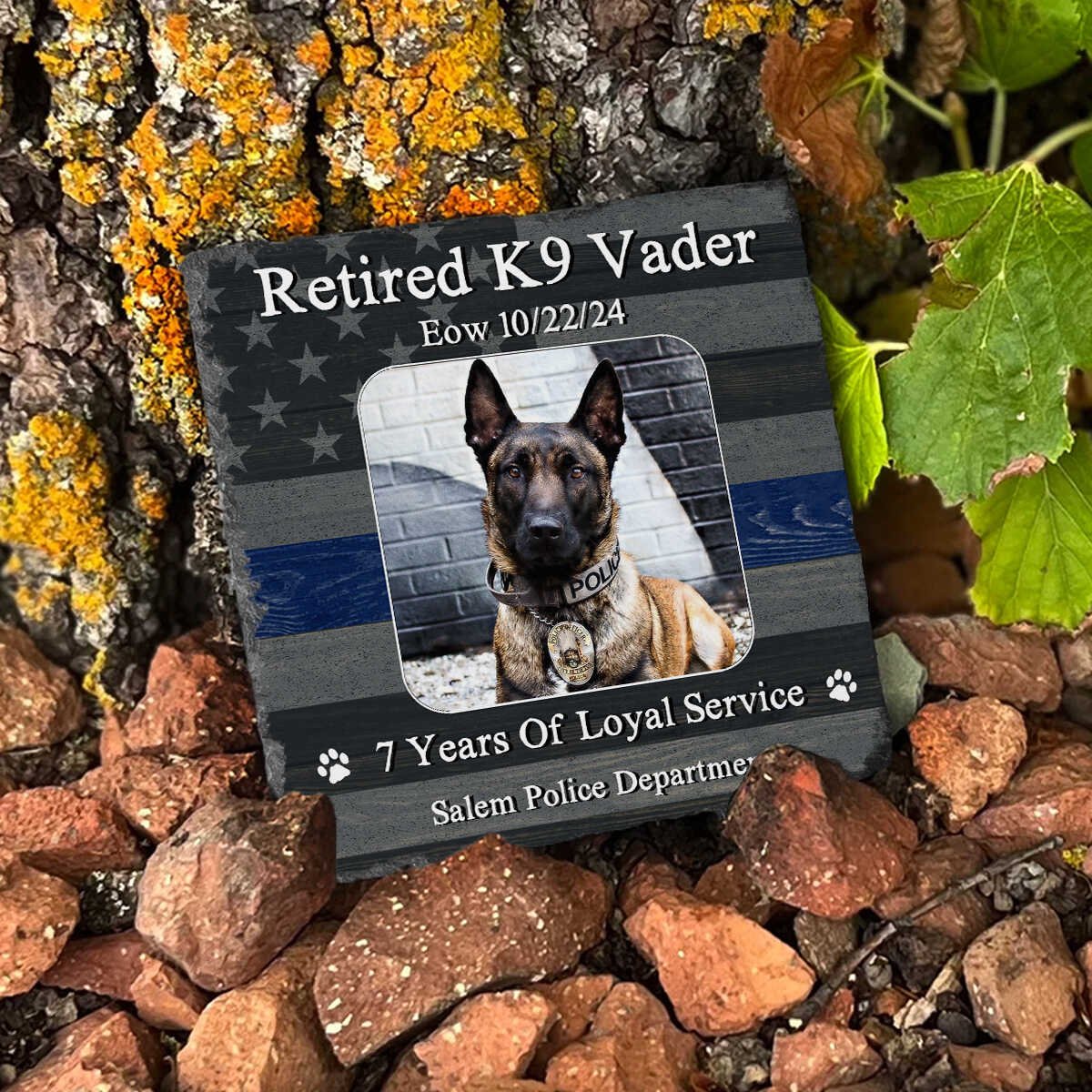

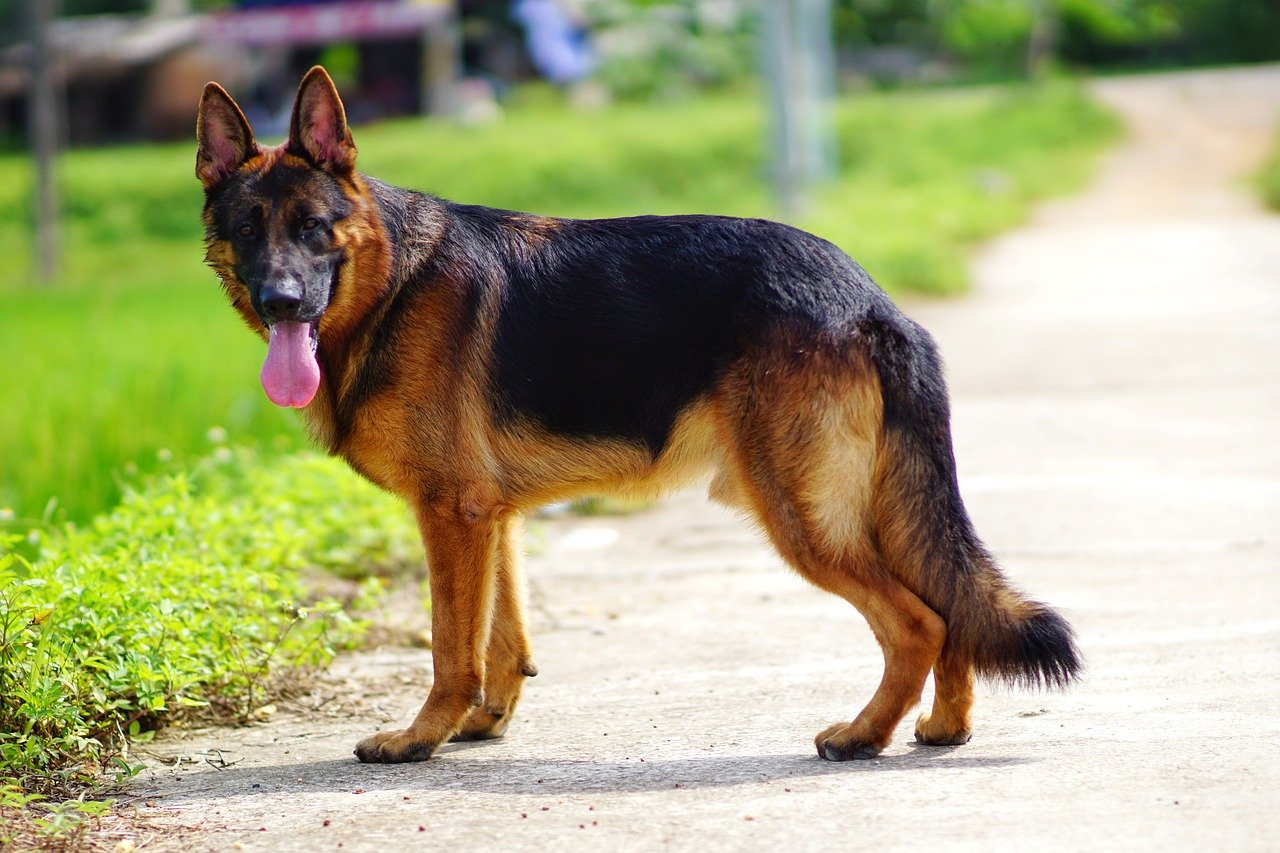
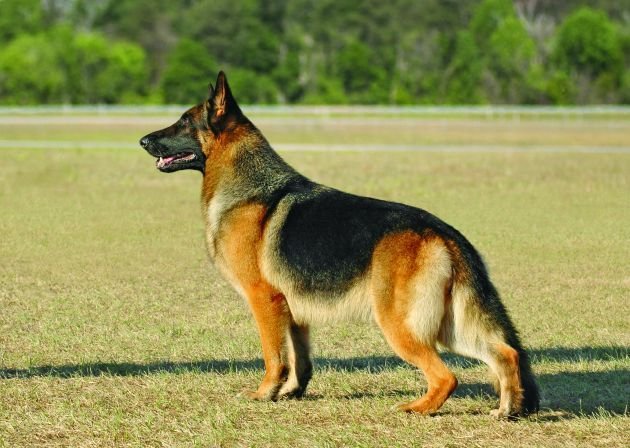

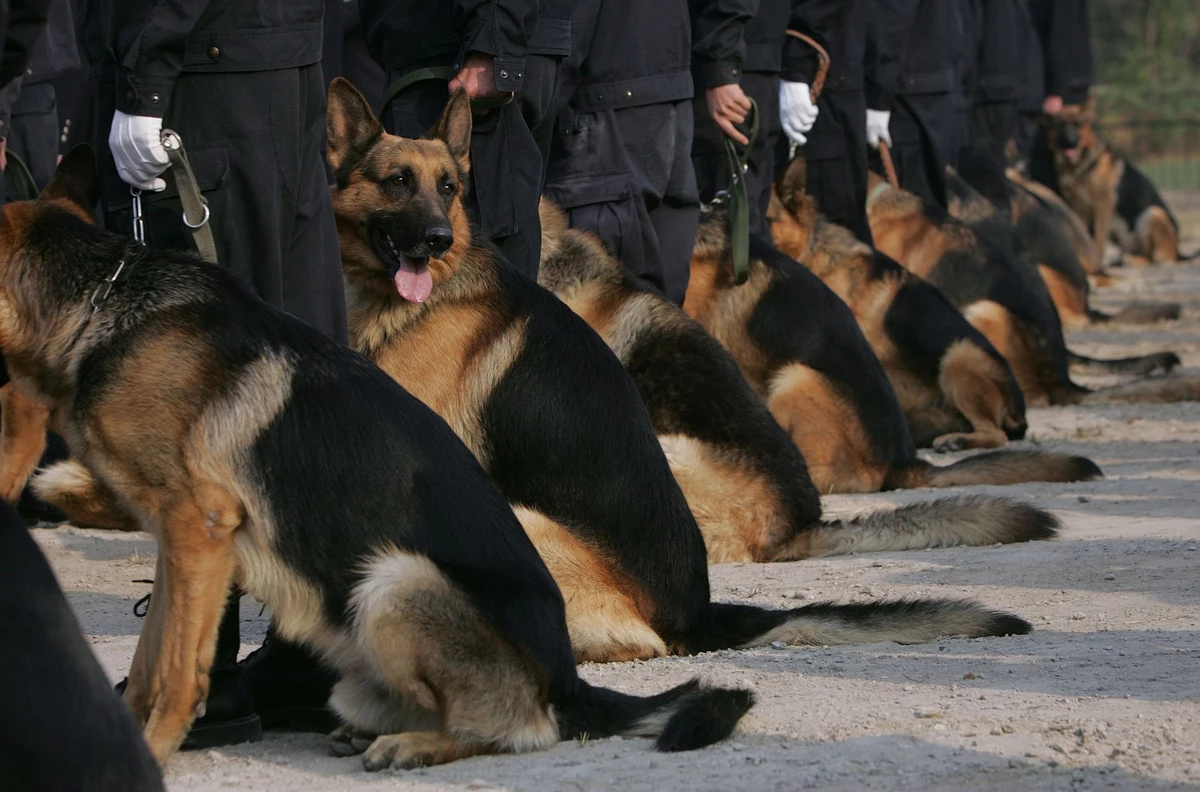



Pingback: Training for Transition: Preparing Working Dogs for Life After Service